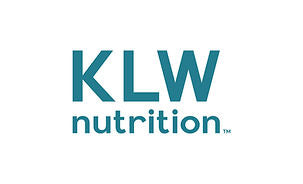This powerful micronutrient is very important for maintaining a strong, balanced immune system, with research indicating that vitamin D is involved in the activation of our essential T cells, by 'priming' them ready to fight infection (1).
Furthermore, vitamin D has been shown to regulate gene expression and have an immunomodulatory impact on our immune cells. This crucial vitamin can also promote the function of our Natural Killer T cells (NKT).
How do we get vitamin D?
The body creates vitamin D from sunlight on the skin, and from springtime to autumn (April - October) the majority of us should be able to get the vitamin D we need from the sunlight. However, mid Autumn to spring we may not be able to get enough vitamin D from sunlight alone.
Vitamin D deficiency
This micronutrient deficiency can lead to a condition called rickets in children, which is a bone deformity, and a condition called osteomalacia in adults. Taking a vitamin D supplement during the winter months may be recommended for some individuals, especially if a blood check hights that you may be low in this vitamin.
Also, vitamin D deficiency has long been associated with systemic autoimmune disease and is prevalent in disorders such as multiple sclerosis, Type 1 diabetes and lupus.
How much vitamin D do we need?
The Scientific Advisory Committee on Nutrition (SACN) recommends that Recommended Nutrient Intake (RNI) for all people aged 4 and over is 10mcg per day. In the US, however, the RDA for adults aged 19-70 is 15mcg for both men and women.
Which foods can vitamin D be found in?
Oily fish, such as salmon or mackerel contain good amounts. Small amounts of vitamin D can be found in egg yolk and meat, and some breakfast cereals contain added vitamin D.
Did you know?
You can increase the vitamin D in mushrooms by exposing them to UV light!
References
(1) Rode von Essen, M. (2010) Vitamin D controls T cell antigen receptor signalling and activation of human T cells. Nature Immunology, vol 11, pp. 344-349.

